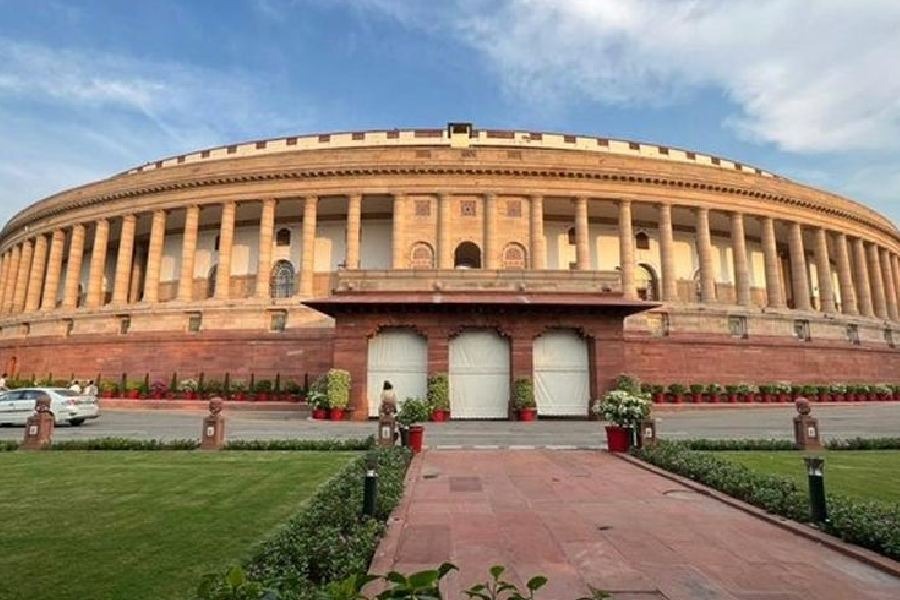
Summary
how the decline in parliamentary sessions and the rise of partisan politics have impacted the accountability and effectiveness of Parliamentary Committees in India. It highlights the increased workload of committees, their role in scrutinizing laws and holding the executive accountable, and the challenges they face due to political partisanship, including disruptions, low attendance, and reduced scrutiny of bills. The decline in the opposition’s participation in committees and the need for structural changes to strengthen parliamentary oversight are also discussed.
TEXT
r of parliamentary committees in India has increased substantially over the years.
The establishment of 17 Departmentally Related Standing Committees (DRSCs) in 1993 was
a significant development in the expansion of the parliamentary committee. Many functional
responsibilities of the parliament, such as parliamentary surveillance over the executive and
in-depth examination of legislative proposals, got offloaded to the DRSCs. As a logical
realisation of the relevance of the DRSCs the number of Departmentally Related Standing
Committees was increased to 24 in 2004.
These committees, unlike parliamentary sessions, work round the year, making them central
institutions in parliamentary democracy. They not only handle the overwhelming workload
but also serve as a forum for building consensus across political parties, fostering discussions
beyond the restrictions of party views and whip regulations. Committee meetings, distinct
from regular parliament sittings, occur behind closed doors, encouraging members to express
opinions freely and function independently of party lines. As a former U.S. President
Woodrow Wilson once said that Congress in session is a public exhibition, while Congress in
Committee rooms is where the real work happens. This timeless observation holds true not
only in the United States but also resonates globally. The parliamentary committee work is
not affected by the populist demands that generally act as a hindrance in the working of
parliament. Added to this, political neutrality is supposed to be ensured as committees only
call officials as witnesses, and ministers are not invited to the meetings.
Members for these committees are appointed by the Speaker and Chairman of the Lok Sabha
and the Rajya Sabha, respectively. Members of the committees are determined on a pro-rata
basis reflecting party membership in the parliament. The members are elected every year
from amongst their respective houses according to the principle of proportional
representation.
Structured forms of committees were introduced in 1993 with the establishment of 17
DRSCs, coinciding with the prevalence of coalition governments in India. Consequently,
parliamentary committees saw representation from various regional and small parties.
Initially, with no dominant political figure, committees operated effectively, fulfilling
their duties and responsibilities and building a positive rapport. Incidents and
discussions in parliament often stemmed from the scrutiny and reports submitted by
these committees, leading to rigorous debates where the government had to address
concerns.
However, a shift occurred in 2014 with the rise of a majority government. The dynamics
of these committees changed as members of these committees were outnumbered by the
ruling party MPs. MPs from the ruling party then influenced committee proceedings by
stalling reports, dominating meetings, and controlling agenda setting. In some instances,
they prevented the adoption of critical reports by abstaining, exploiting the requirement
for one-third of members to be present and voting to adopt a report.
